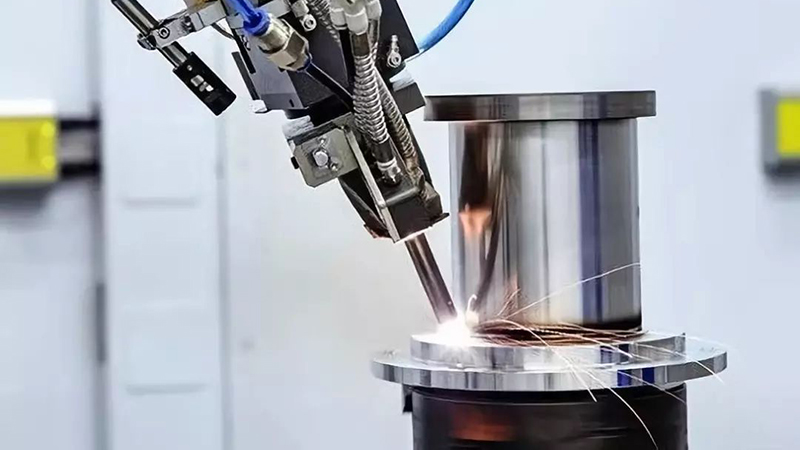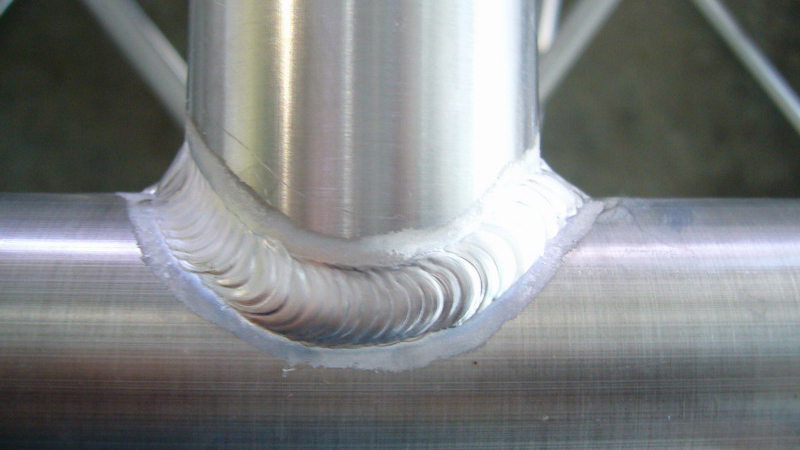In a previous blog, my colleague Carlos and I explained how we achieved excellent welding during the assembly of Bronkhorst sanitary flowmeters, making them suitable for food and sanitary applications. In this blog, I want to emphasize a completely different welding perspective: how to use gas flow meters and pressure controllers to optimize your welding process?
The role of gas flowmeter in welding process
As a welding expert at Bronkhorst, I can say that welding is a really interesting application for our flow meters. Not only for orbital welding, all automatic and mechanized welding processes that require shielding gas, such as plasma welding, laser beam welding, MIG, etc., can benefit from our flow meters.

Most of these welding processes use gases to protect the weld from oxidation and to ignite and maintain the welding arc. Welding equipment manufacturers can take advantage of some of the features of our flow meters. The precise flow and pressure control used during your welding process will provide a constant and stable welding of shield- and backing gas, thereby improving the quality of the weld.
What gases need to be controlled during the welding process?
Welding involves the use of inert gas for protection (external) and back welding (internal) to replace gases that are harmful to welding quality, such as nitrogen or oxygen. This can prevent the weld from oxidizing during welding, thereby maintaining chemical and mechanical properties.

Due to very good atmospheric protection, laser welding has a silver appearance
After welding, the color of the weld is an indicator of its quality. The lighter the color, the better the welding quality, and the absence of discoloration is very good. For example, orbital welding usually produces very high-quality welds because the processing is performed in a chamber filled with inert gas. For austenitic stainless steel and nickel-based alloys, very commonly used gases are argon, a mixture of argon and helium, or even a mixture of argon and hydrogen. The latter is particularly interesting because its reducing properties combine with oxygen in the weld. Another advantage is that less energy is required to complete the welding.
Flow meters are used to provide a constant and stable gas mixture resulting in excellent welding quality with almost no discoloration. Bronkhorst flow meters and pressure controllers can help create the right mixture at the right time with amazing accuracy.
What characteristics of flow meters are important to optimize the welding process?
Flow meters can help the mechanized or roboticized welding process in three different ways:
Determine the flow rate of the purge gas; in this way, the appropriate amount of gas can be adjusted without excessive use of expensive inert gas. A burst of inert gas in a short time can remove all the air in these pipes and pipes, thereby better protecting the welding root and using inert gas more effectively.
By helping to create a very good arc discharge and its maintenance, provide the right amount of gas at the right time (when ignition occurs and after).
Using our flow meters and pressure controllers, you can store flow and pressure data from the instrument for quality control.